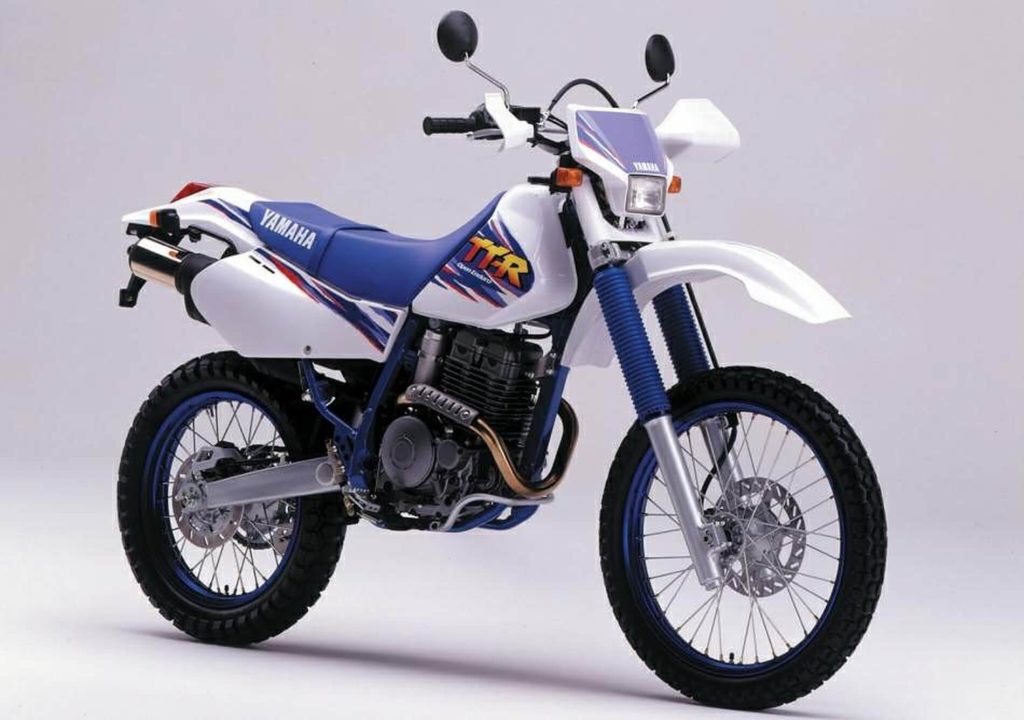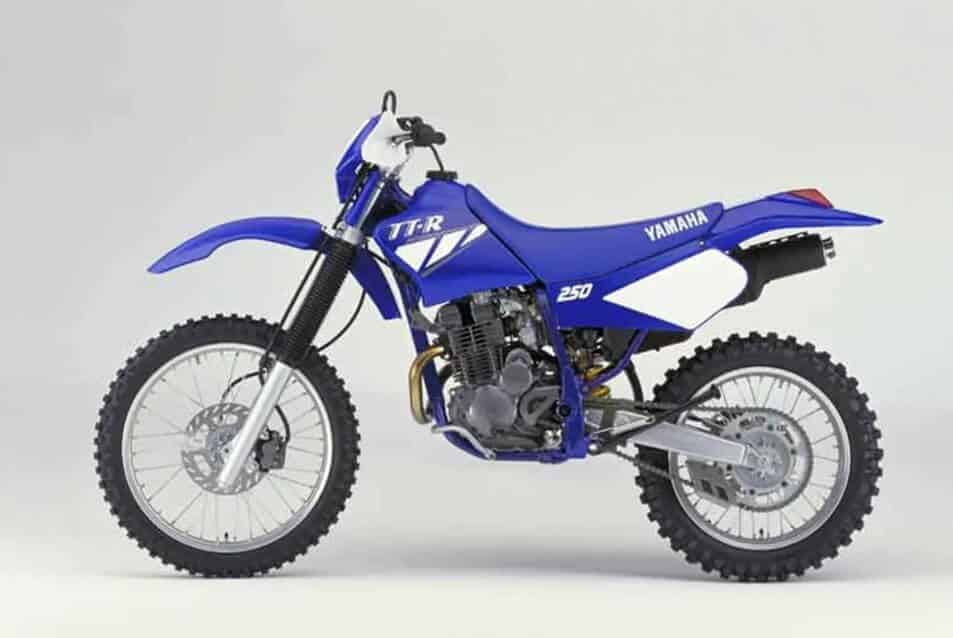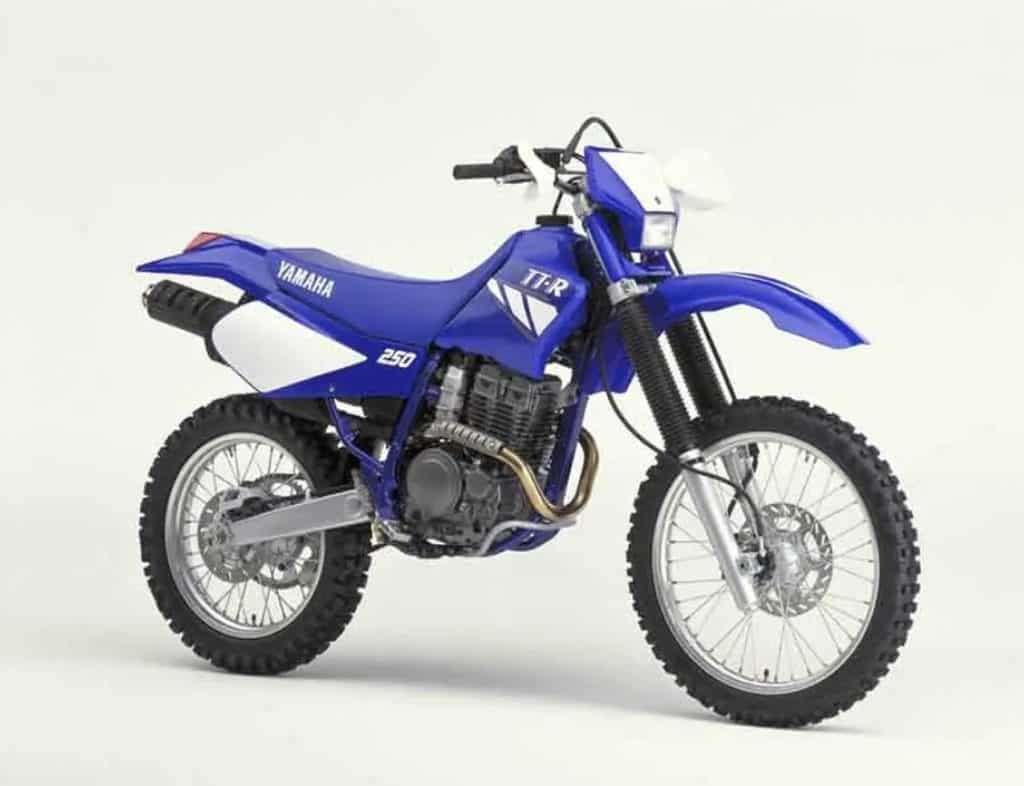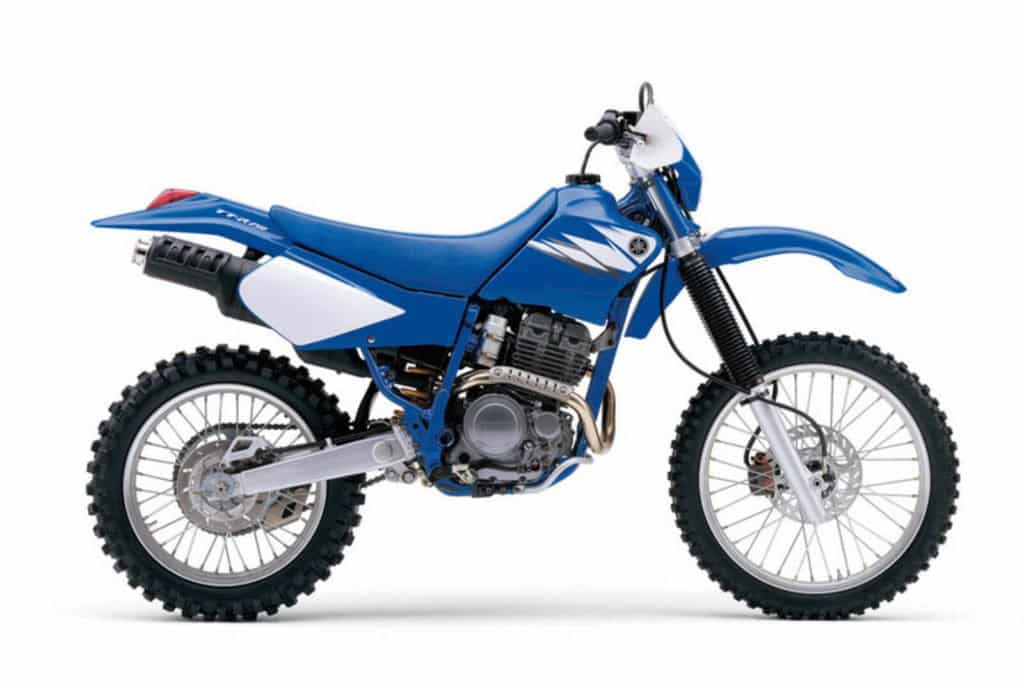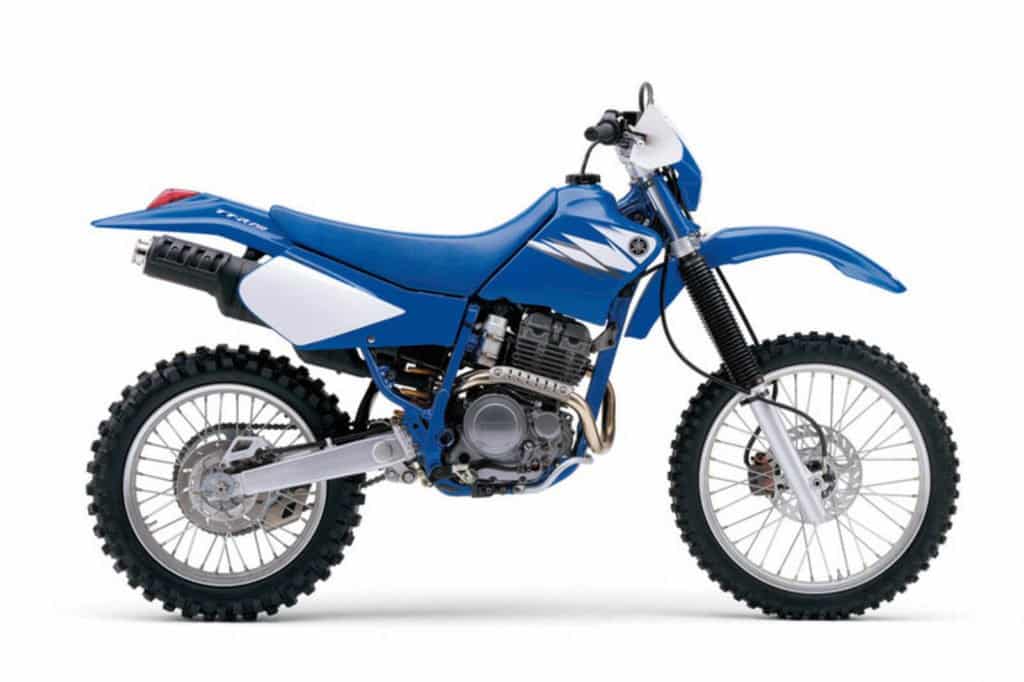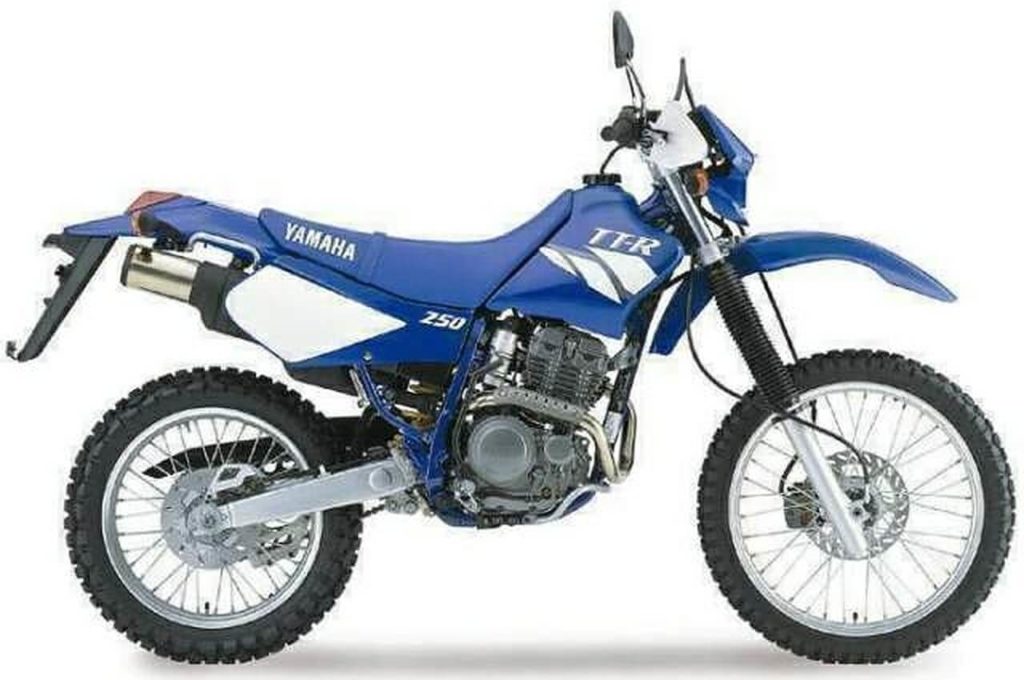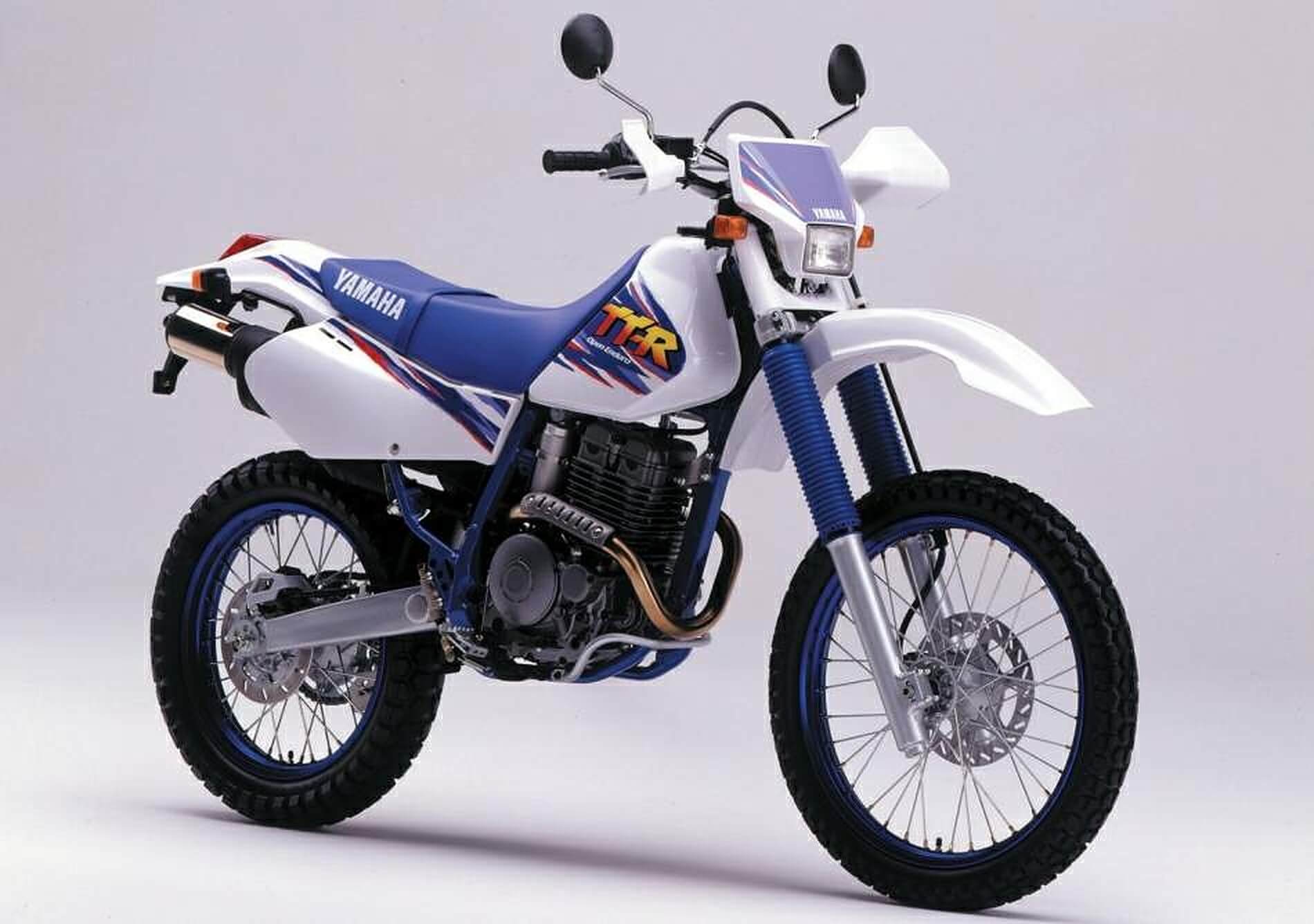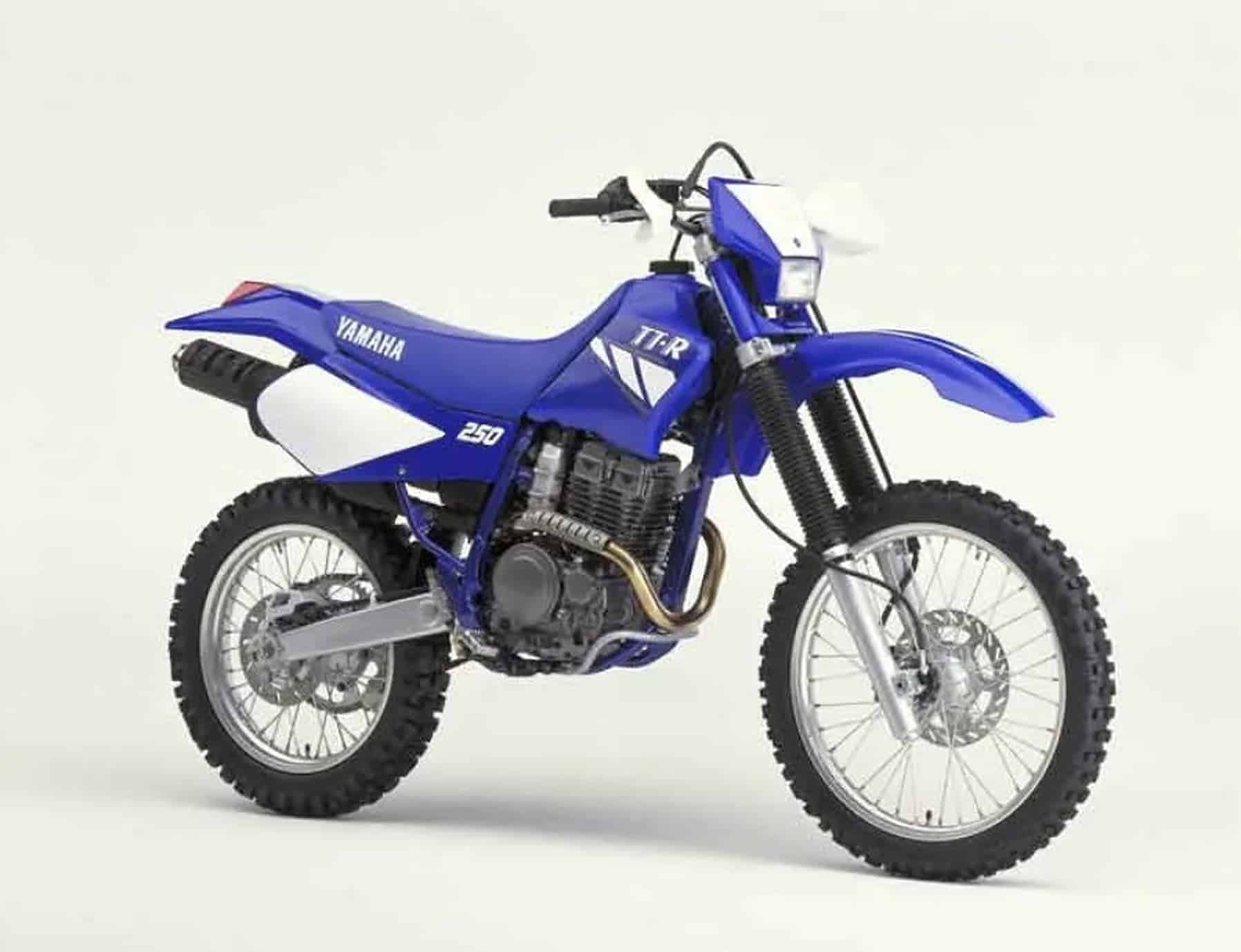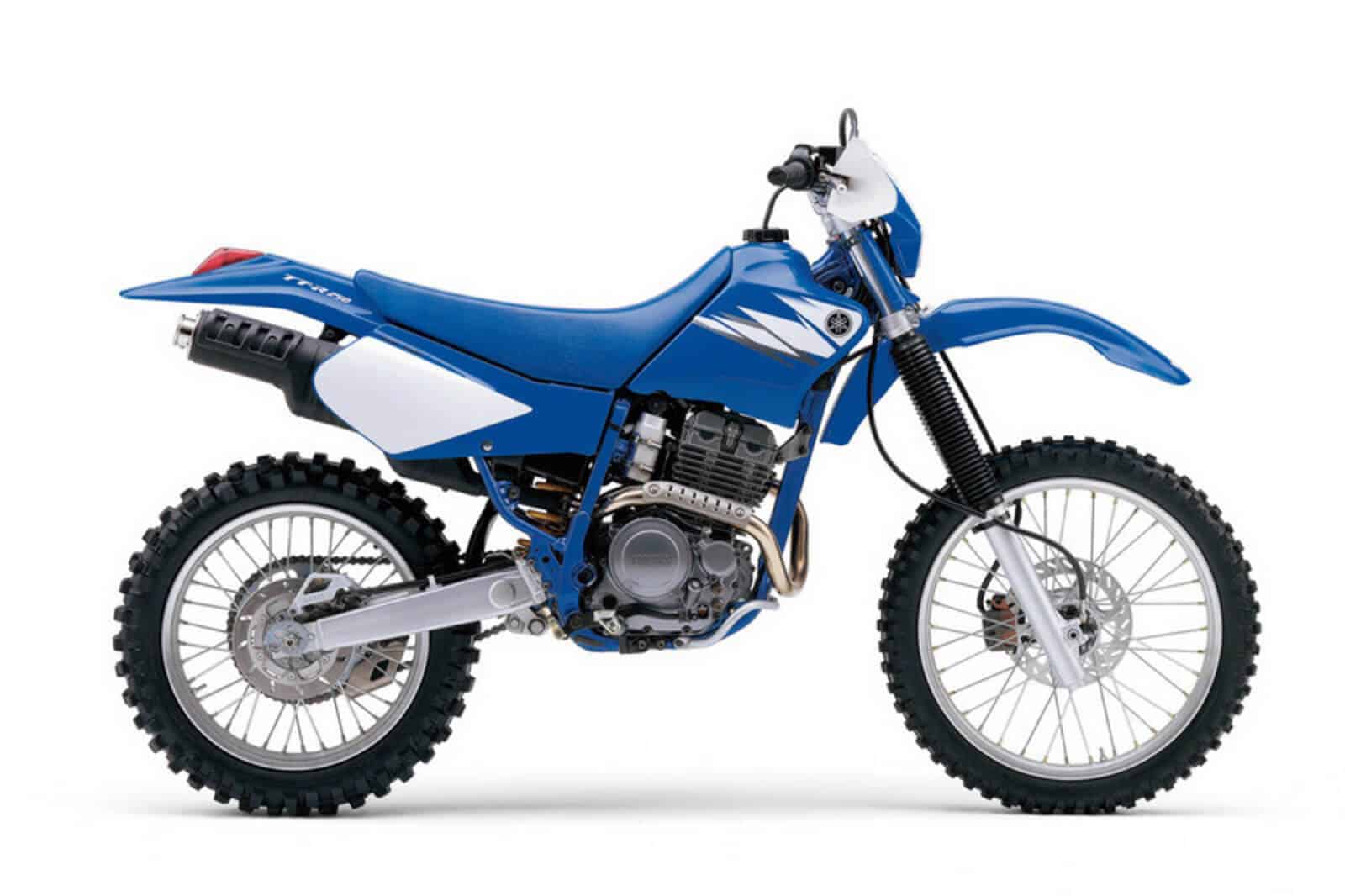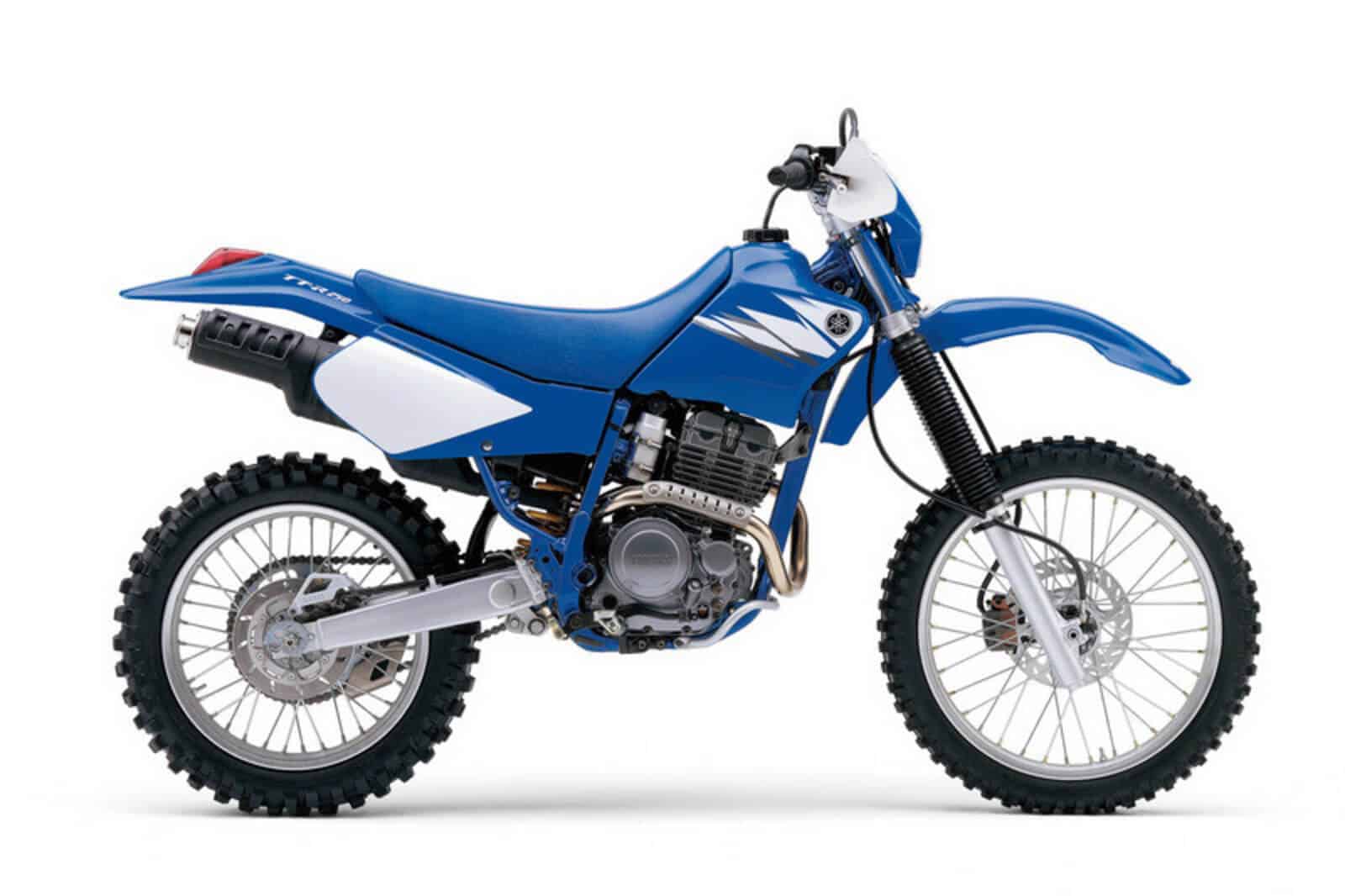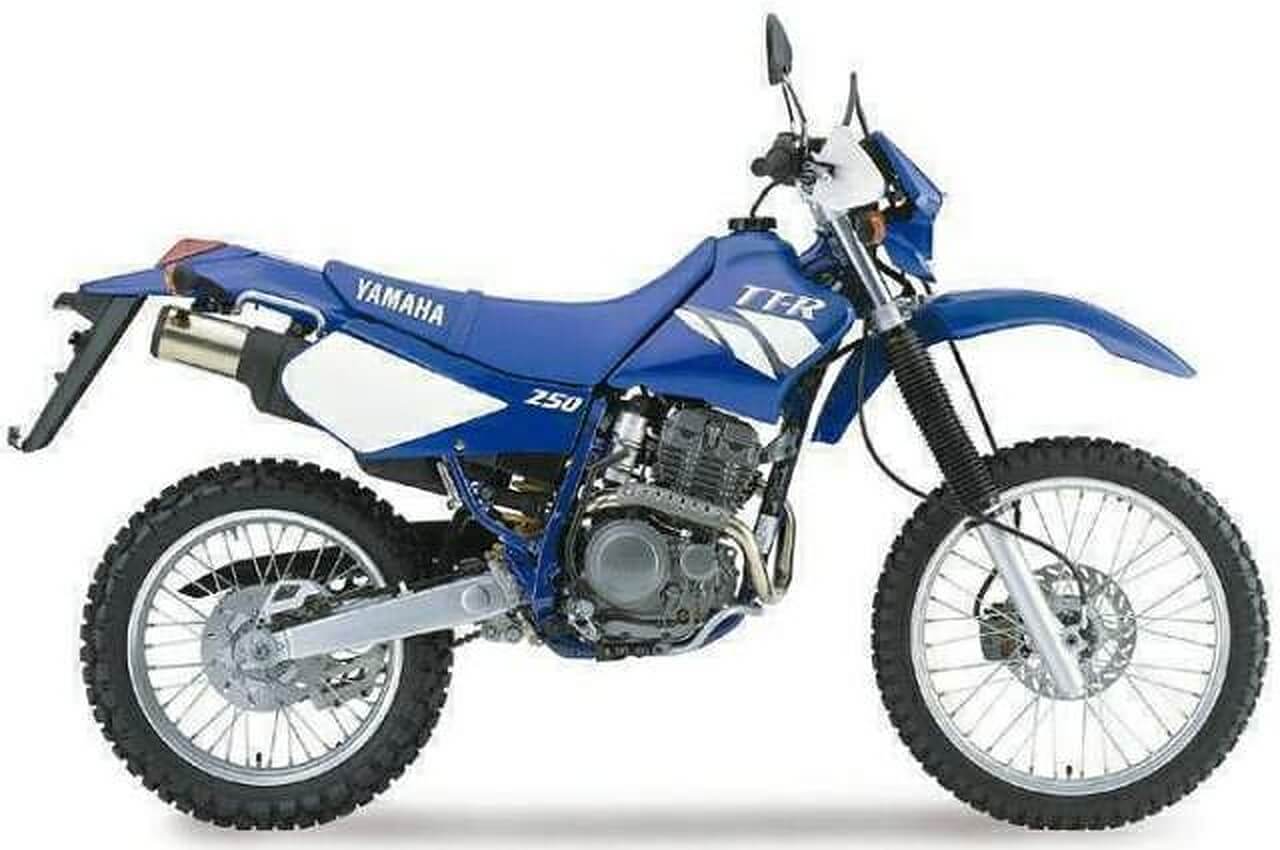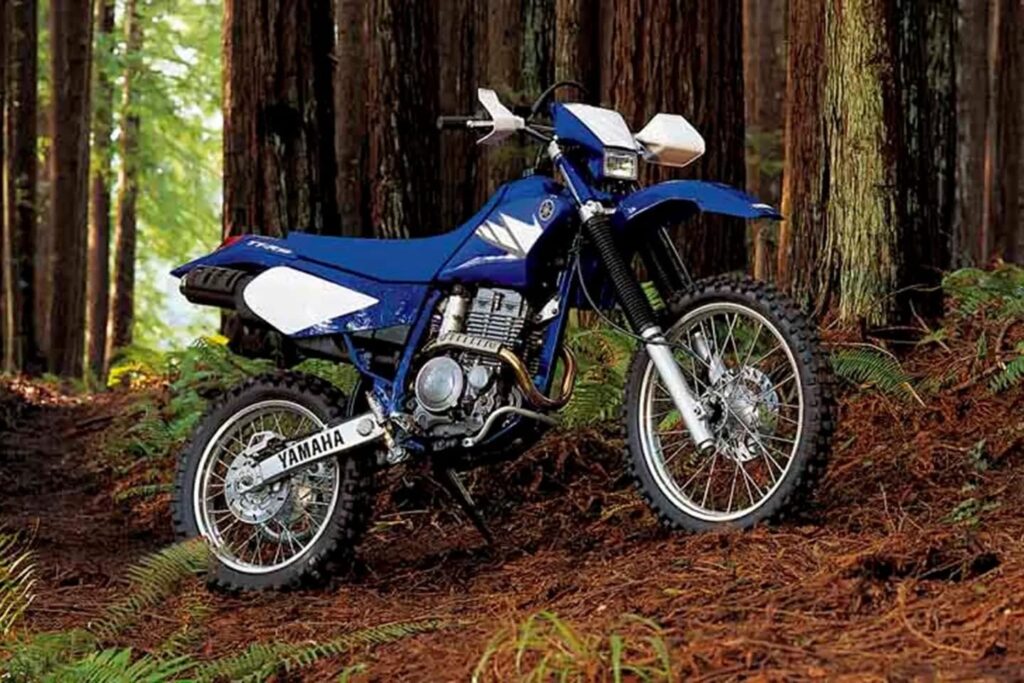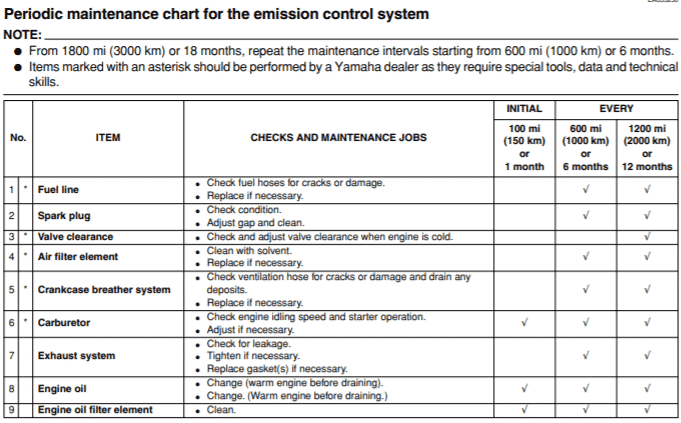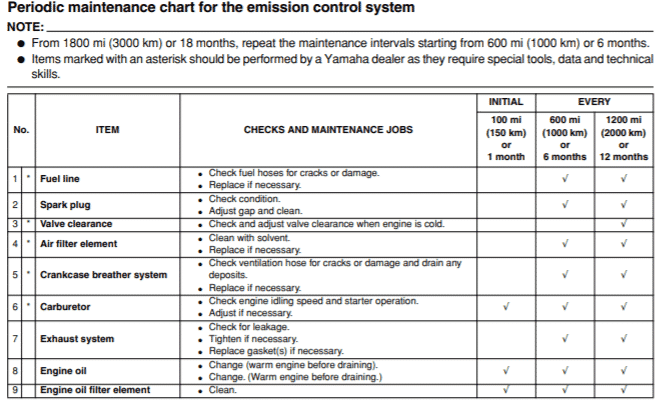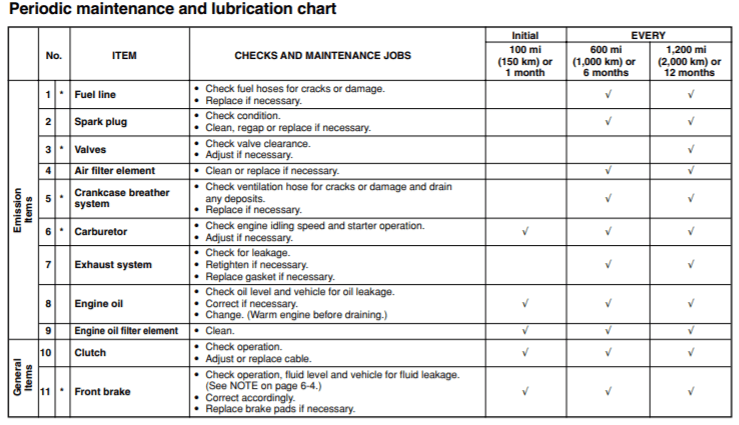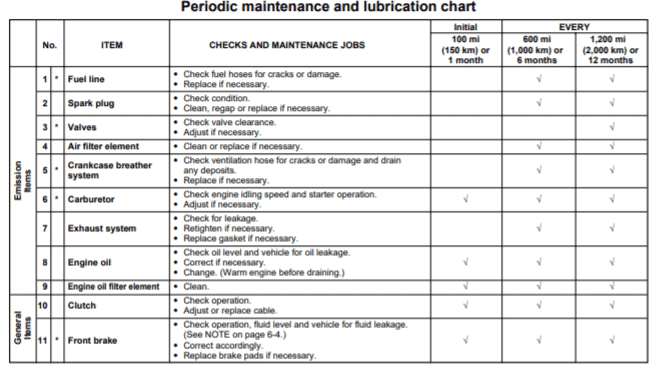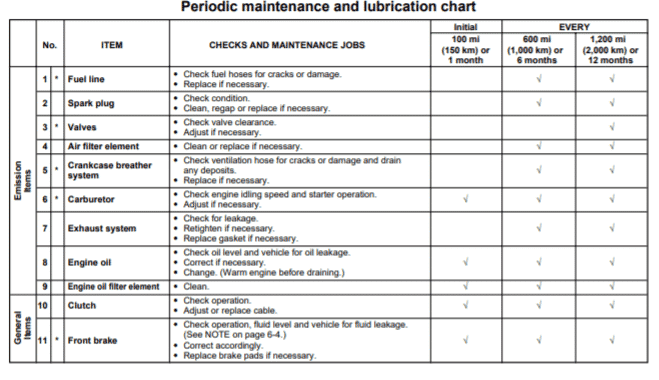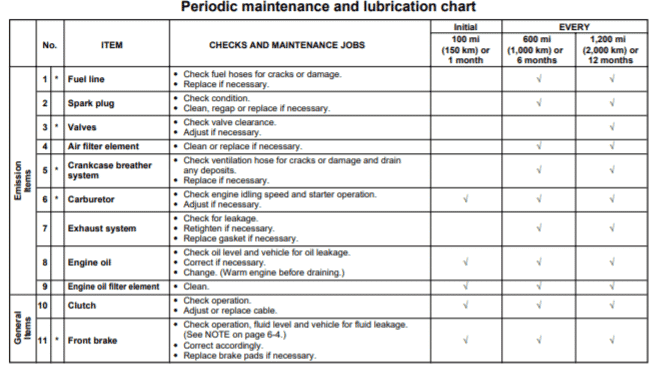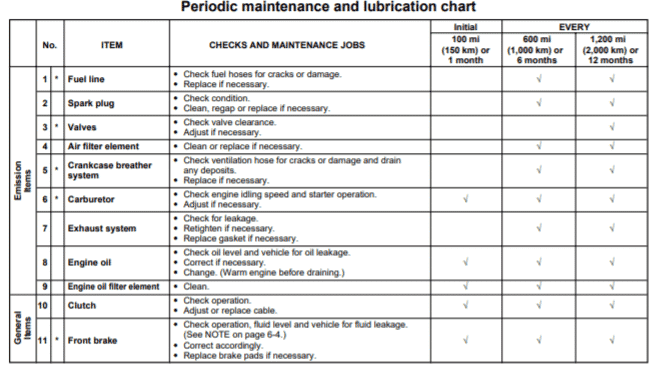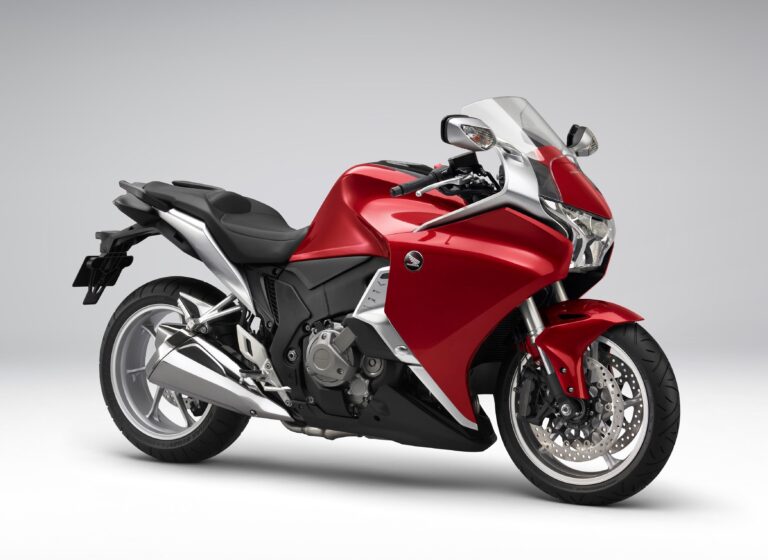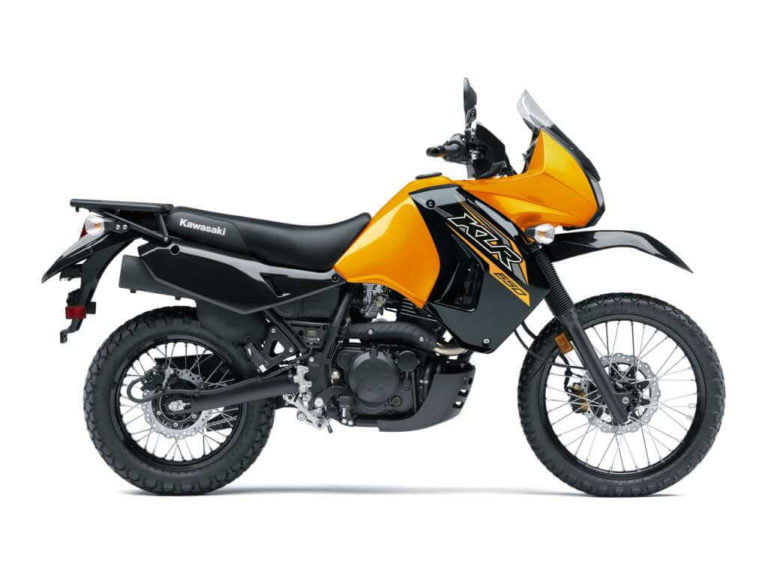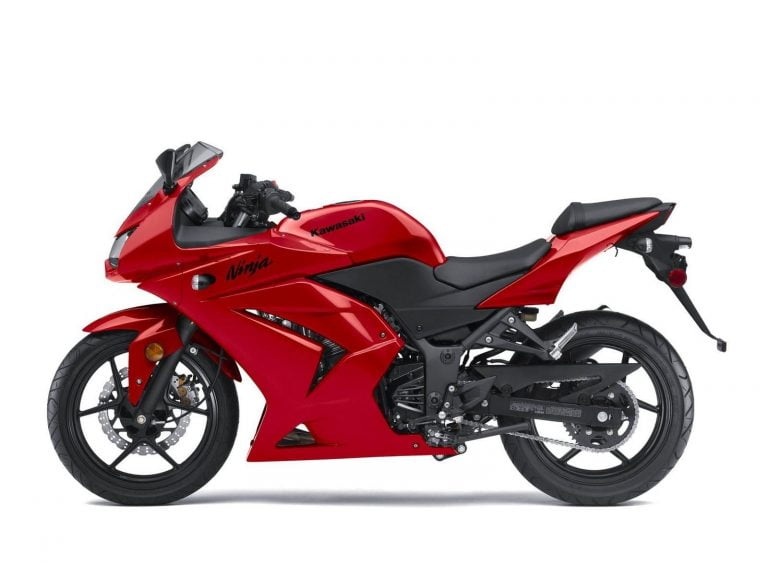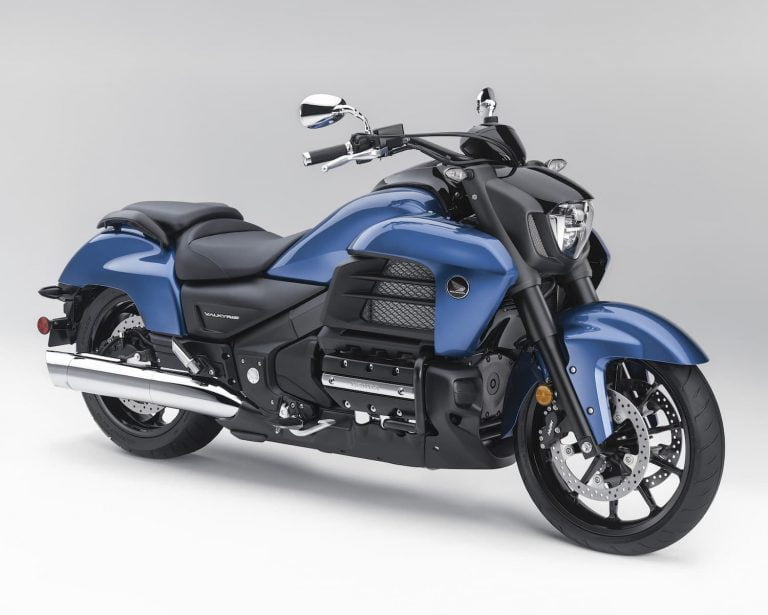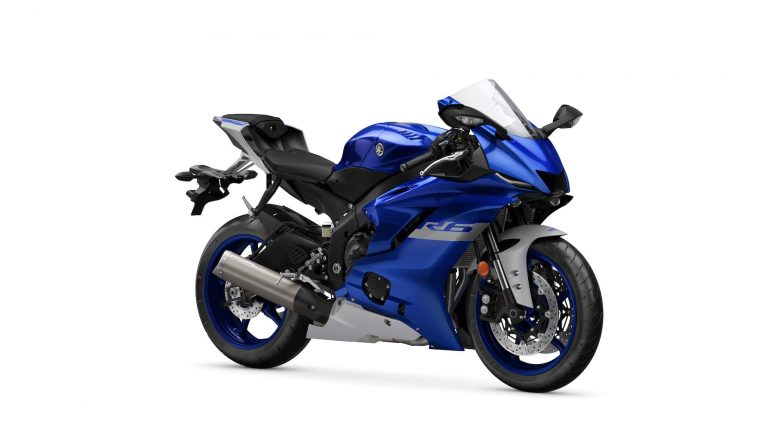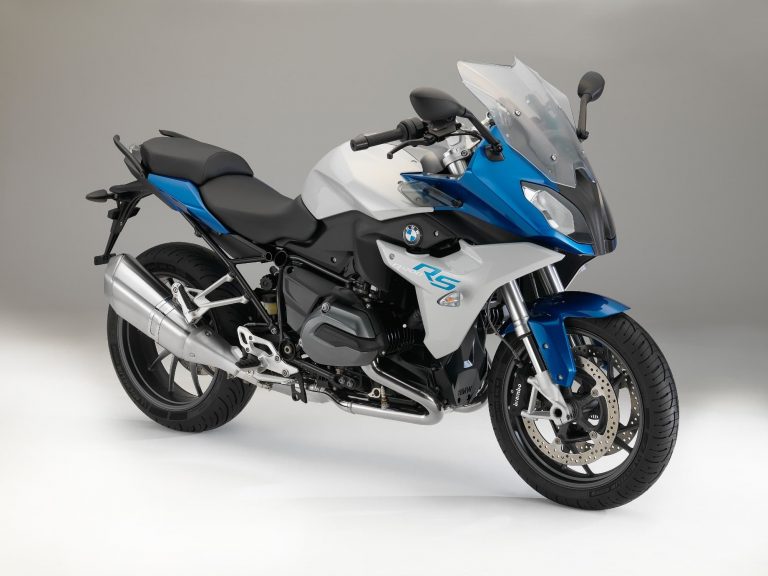Yamaha TT-R250 (1999-2006) Simplified Maintenance Schedule and Service Intervals
This is the maintenance schedule and associated service intervals for the Yamaha TT-R250.
Yamaha made the TT-R250 from the 1999 (or earlier, in some regions) to 2006 and left it pretty much unchanged in this period. It was the first mainstream trailbike with electric start!
The Yamaha TT-R250 is an enduro-style motorcycle that is powered by a 249cc single-cylinder air-cooled engine. It has a mild 10.2:1 compression ratio, which makes for very reliable performance even if you abuse the heck out of it.
The TT-R250 was replaced conceptually by the Yamaha XT250, though many people still miss the TT-R. You can still buy the TT-R230 as an off-road bike.
This post was originally published 27 July 2020 but has since been updated with a lot more detail.
This site has links from which we earn a commission (which unfortunately nobody can save, not even us). If you appreciate this research work, then please use those links. Thanks.
Yamaha TT-R250 Service Intervals
The Yamaha TT-R250 has 600 mile or 1000 km, or alternatively 5-month service intervals. At every service, change the oil, clean the oil filter and air filter, and check the plug.
You should check the valve clearance every two services.
Keep the Yamaha TT-R250 with fresh fluids (just oil and brake fluid) and the chain maintained and it should last longer than most other machines.
Yamaha TT-R250 Maintenance Schedule
Below is the maintenance schedule for the Yamaha TT-R250.
We’ve split the maintenance schedule into three sections:
- Break-in maintenance
- The service schedule of major items (engine oil, spark plug etc.), and
- The standard “inspection checklist”.
Break-in maintenance
After the break-in period, (100 mi / 150 km or 1 month), do the following:
- Change the oil and clean the oil filter (this is the most important one!)
- Check the idle speed and adjust if necessary
- Check the brake and clutch controls, tightening up / adjusting as necessary
- Check the steering bearing for notchiness
- Check the suspension to ensure no leaks have formed
- Check the control cables for leaks and smooth operation
Generally, check to see that the bike is in good running order. With a change of oil and cleaning of the oil filter, you are good to go.
Yamaha TT-R250 Service schedule
Below is the service schedule of major items for the Yamaha TT-R250.
| Every x mi (‘000) | 0.6 | 1.2 | |
|---|---|---|---|
| Every x km (‘000) | 1 | 2 | |
| Every x months | 6 | 12 | Every |
| Perform inspection checklist (see below) | ✓ | ✓ | |
| Engine oil — Change. (Warm engine before draining.) Change. (Warm engine before draining.) | ✓ | ✓ | Year |
| Engine oil filter element — Clean | ✓ | ✓ | |
| Air filter element — Clean with solvent Replace if necessary. Service more often if you ride in dusty / wet areas. | ✓ | ✓ | |
| Spark plug — Check condition. Adjust gap and clean | ✓ | ✓ | |
| Valve clearance — Check and adjust valve clearance when engine is cold | ✓ | ||
| Brake fluid — Replace | 2 years | ||
| Brake hoses — Check for cracks and damage | ✓ | ||
| Brake hoses — Replace | 4 years | ||
| Drive chain — Check chain slack/ alignment and condition. Adjust and lubricate chain thoroughly (Motul chain paste) | 500 mi / 800 km | ||
| Steering bearings — Check bearing assemblies for looseness Moderately repack with lithium-soap-based grease every 1,200 mi (2,000 km) or 12 months (whichever comes first). | ✓ | ||
| Sidestand pivot — Check operation Apply lithium-soap-based grease lightly | ✓ | ||
| Rear suspension link pivots — Apply molybdenum disulfide grease lightly | ✓ | ||
| Spark arrester — Clean | ✓ |
Inspection checklist
Below is the inspection checklist. Do this at every scheduled inspection
| Yamaha TT-R250 Inspection Checklist |
|---|
| Fuel line — Check fuel hoses for cracks or damage. Replace if necessary |
| Crankcase breather system — Check ventilation hose for cracks or damage and drain any deposits Replace if necessary |
| Carburetor — Check engine idling speed and starter operation. Adjust if necessary |
| Exhaust system — Check for leakage Retighten if necessary Replace gasket(s) if necessary |
| Clutch — Check operation. Adjust or replace cable. |
| Front brake — Check operation, fluid level and vehicle for fluid leakage. Replace brake pads if necessary |
| Rear brake — Check operation, fluid level and for fluid leakage. Replace brake pads if necessary |
| Wheels — Check runout, spoke tightness and for damage. Tighten spokes if necessary |
| Tires — Check tread depth and for damage. Replace if necessary. Check air pressure Correct if necessary |
| Wheel bearings — Check bearing for looseness or damage. Replace if necessary |
| Swingarm pivot bearings — Check bearing assemblies for looseness Moderately repack with lithium-soap-based grease |
| Chassis fasteners — Check all chassis fitting and fasteners Correct if necessary |
| Brake and clutch lever pivot shafts — Apply lithium-soap-based grease lightly |
| Brake and shift pedal pivot shafts — Apply lithium-soap-based grease lightly |
| Front fork — Check operation and for oil leakage Replace if necessary |
| Shock absorber assembly — Check operation and for oil leakage Replace if necessary |
| Control and meter cables — Apply a lubricant (like Protect All Cable Life) thoroughly |
| Throttle grip housing and cables — Check operation and free play Adjust the throttle cable free if necessary. Lubricate the throttle grip housing and cable |
About the Yamaha TT-R250
The Yamaha TT-R250 is an entry-level trail bike that Yamaha produced from 1999-2006 to compete with the Honda XR250R.
The TT-R250, like other motorcycles in its class, is powered by a single-cylinder thumper engine. The TT-R250’s engine is a 249cc DOHC air-cooled four-stroke carburettor-fed engine that makes 21 kW or 28 hp at an impressive 8,500 rpm, or 27 Nm/20 ft-lb of torque @ 7,000 rpm. Quite a high-revving air-cooled single!
The TT-R250 puts power down through a 6-speed transmission and chain drive.
The TTR250 is equipped with electric start, and was designed to be reliable and long-lived. These are rock-solid all-day trail and dirt road bikes that will plug along (like a tractor, as some put it) or pull right up with the pack.
It’s capable of doing some time on the highway but obviously, this is no Road King… it’ll take you to nearly 120 km/h, but you’ll need the wind behind you to go any faster.
The rear disc, stronger engine and better suspension puts it way ahead of the 230s and lighter trail bikes. But it’s still fairly simple, with a conventional fork and no-frills build.
Technology on the TT-R250 is deliberately very simple, too. It has a Teikei slide carb that can be stripped out and cleaned easily, a cable-operated clutch, but still has a four-valve head with a self-tensioning cam chain.
The engine in the TT-R250 has a broad spread of power, with lots of torque even from down low.
Reference — Manual for the Yamaha TT-R250
The above information was gleaned from the owner’s manuals for the 2006 Yamaha TT-R250, spanning a number of years.
You can see screenshots of the periodic maintenance chart for the TT-R250 below.
You can download it from Yamaha’s website here.
